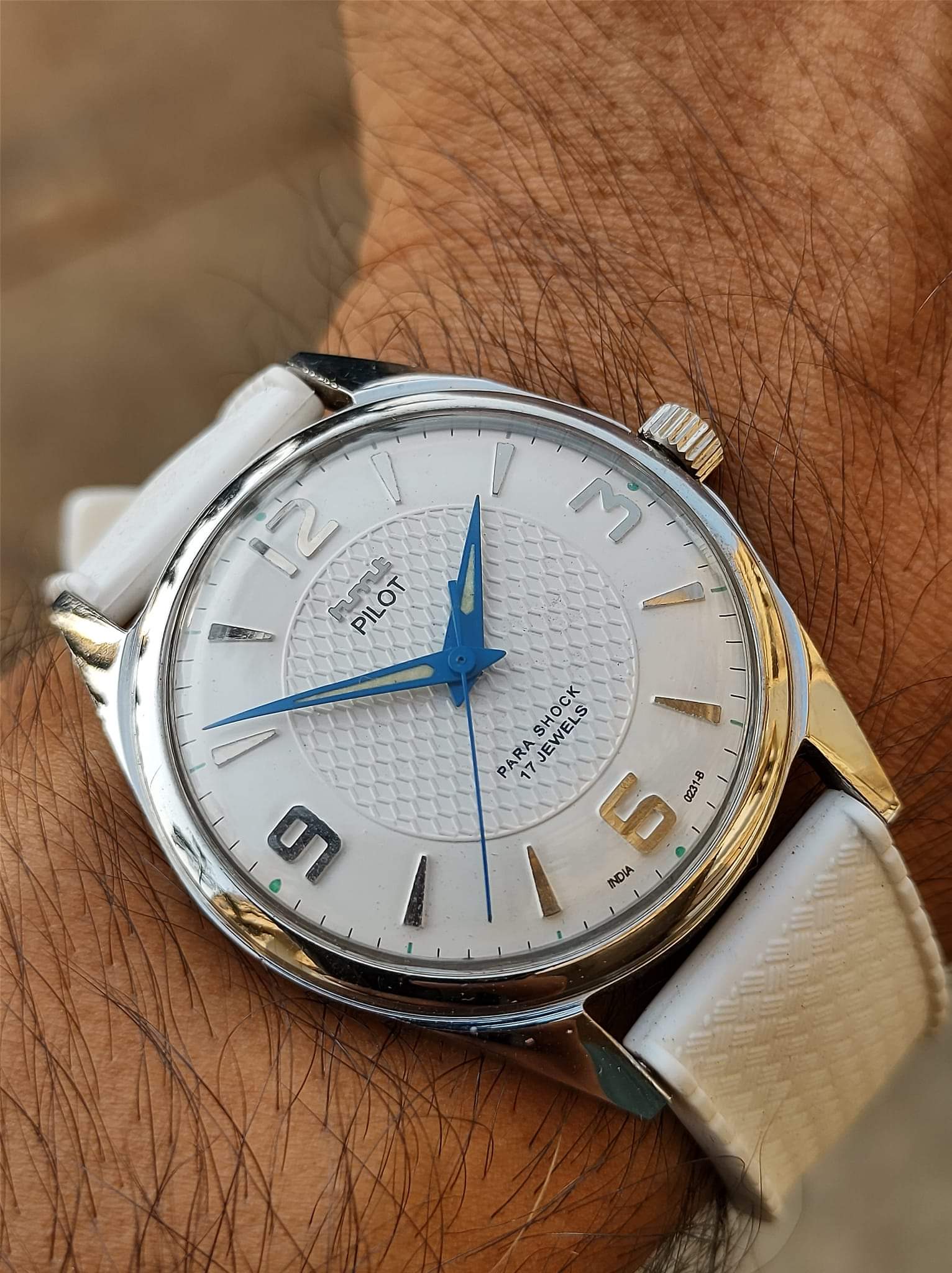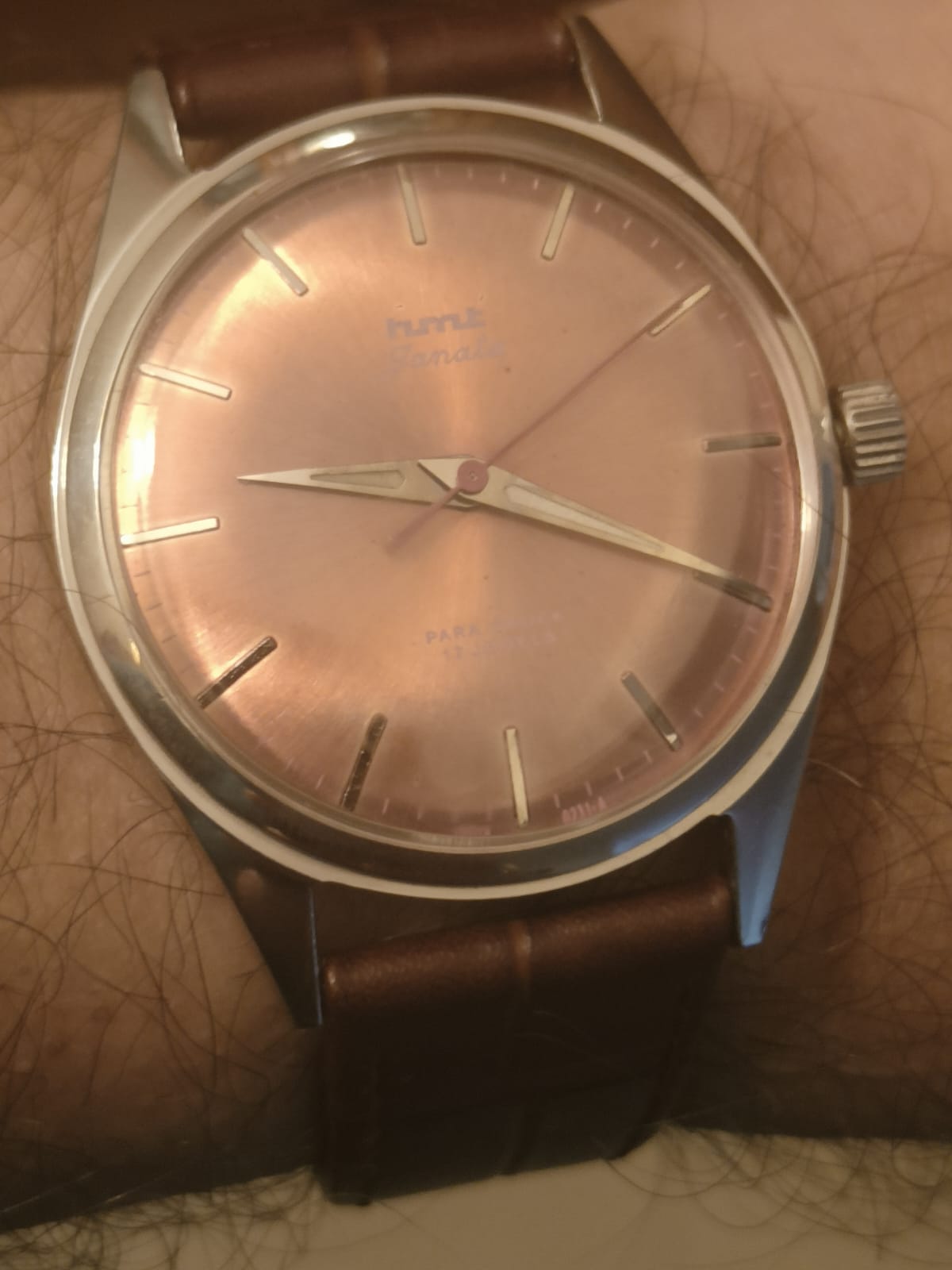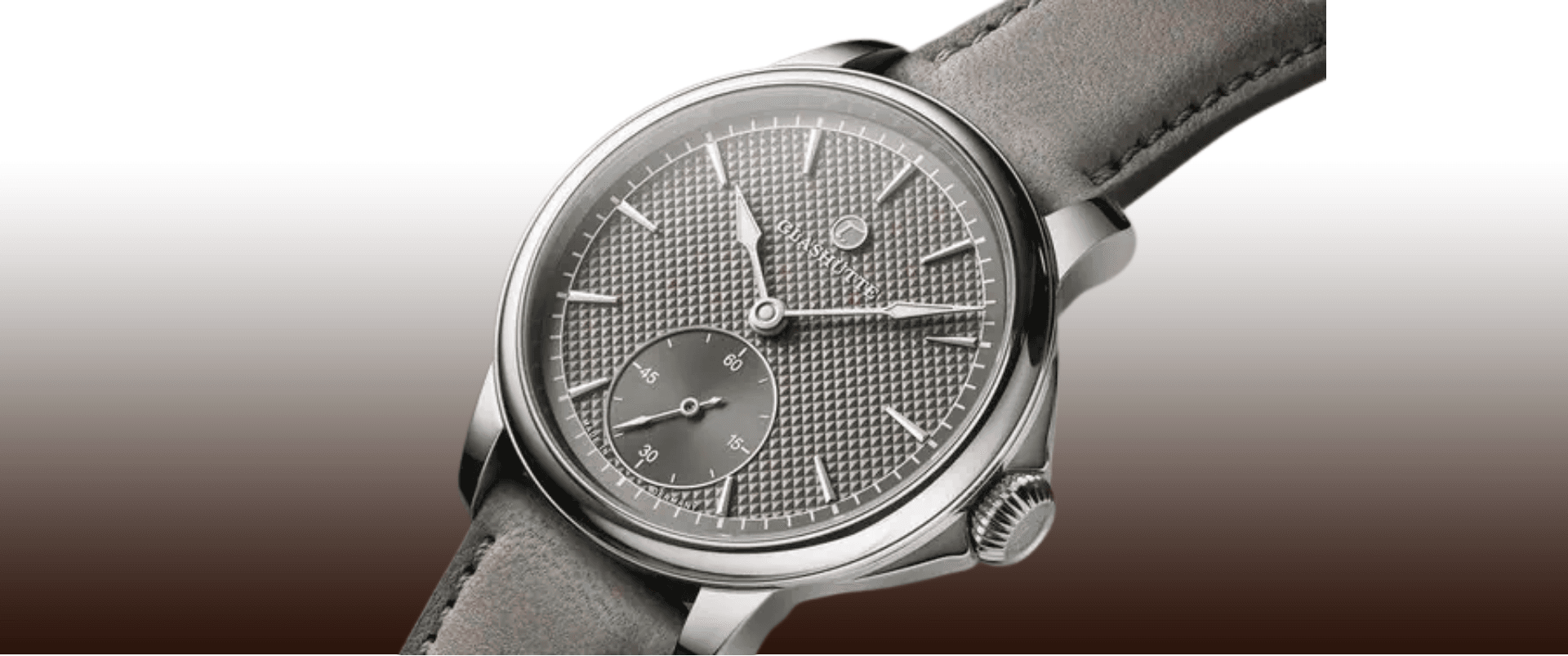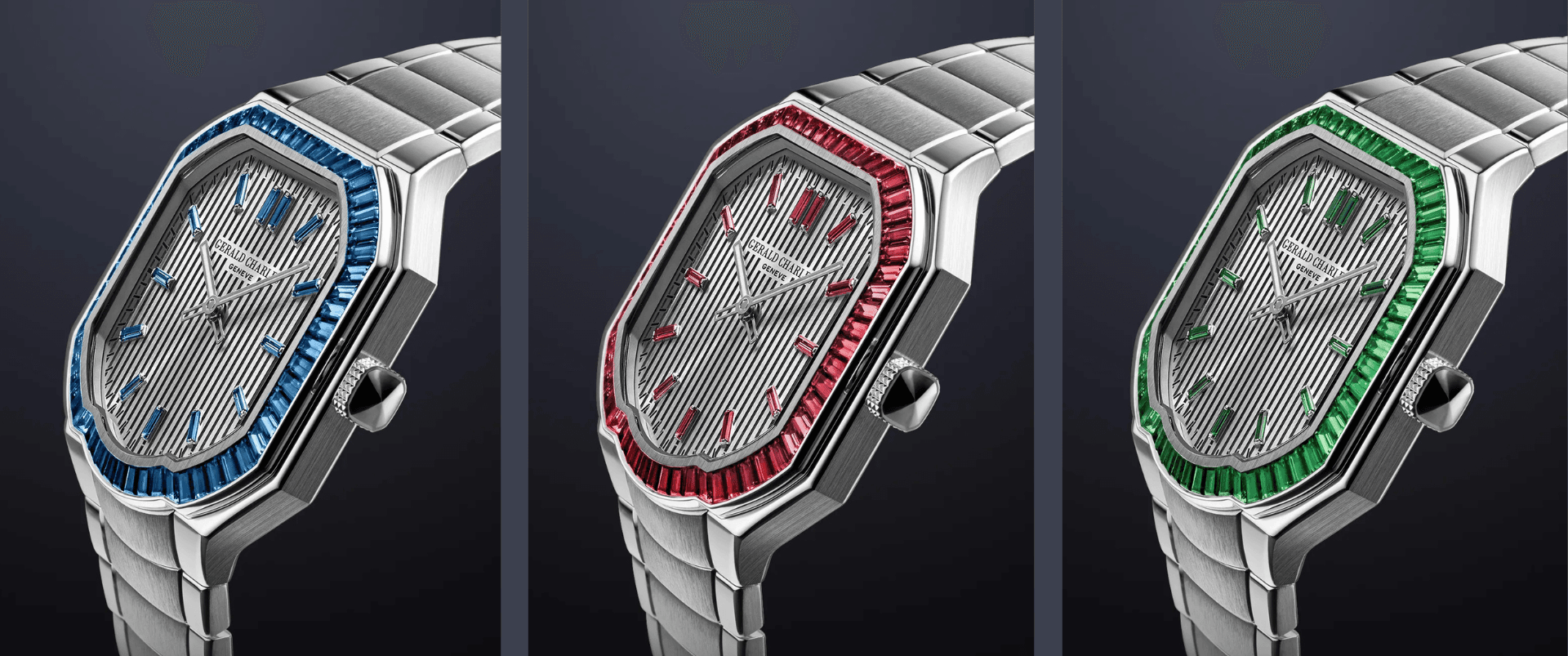The Revival of HMT Watches: Winding Back The Clock On India's Industrial Legacy
Certain names are woven with golden threads, their significance stretching far beyond mere products. One such name in the world of watchmaking is HMT Watches. They were one such emblem of a nation's progress, a ubiquitous presence on the wrists of millions, from bustling metropolises to remote villages. They were more than timekeepers; they were the pulse of a country finding its footing in the world of manufacturing.

For decades, HMT watches ticked in sync with India's heartbeat, marking not just hours and minutes, but the moments of a nation's growth. They bore witness to India's Green Revolution, its technological leaps, and its economic transformations. An HMT on one's wrist was not just a personal accessory; it was a statement of national pride, a tangible piece of India's self-reliance dream. Now, as the hands of time have turned, bringing challenges and change, HMT stands at the cusp of a potential renaissance. As Union Steel & Heavy Industries Minister HD Kumaraswamy signals support for HMT's revival, aligning with Prime Minister Narendra Modi's Atmanirbhar Bharat initiative, it's an opportune moment to reflect on the company's storied past and potential future.
Founded in 1961 in Bangalore, in collaboration with Japan's Citizen Watch Co, HMT pioneered watchmaking in India. The company's journey was marked by several milestones, including the introduction of India's first automatic day-date watch, quartz watch, Braille watch, and ana-digi watch. The release of HMT's first batch of hand-wound wristwatches by then Prime Minister Jawaharlal Nehru himself underscored the national importance of this venture.
HMT's impact extended beyond mere timekeeping. The company's factory in Srinagar, established in 1972, became a symbol of progress and opportunity for the region. At its peak, it employed over 1,000 workers, transforming the area into a thriving mini-township. However, the outbreak of violence in 1990 and subsequent workforce migration dealt a severe blow to the Srinagar unit, eventually leading to its closure.
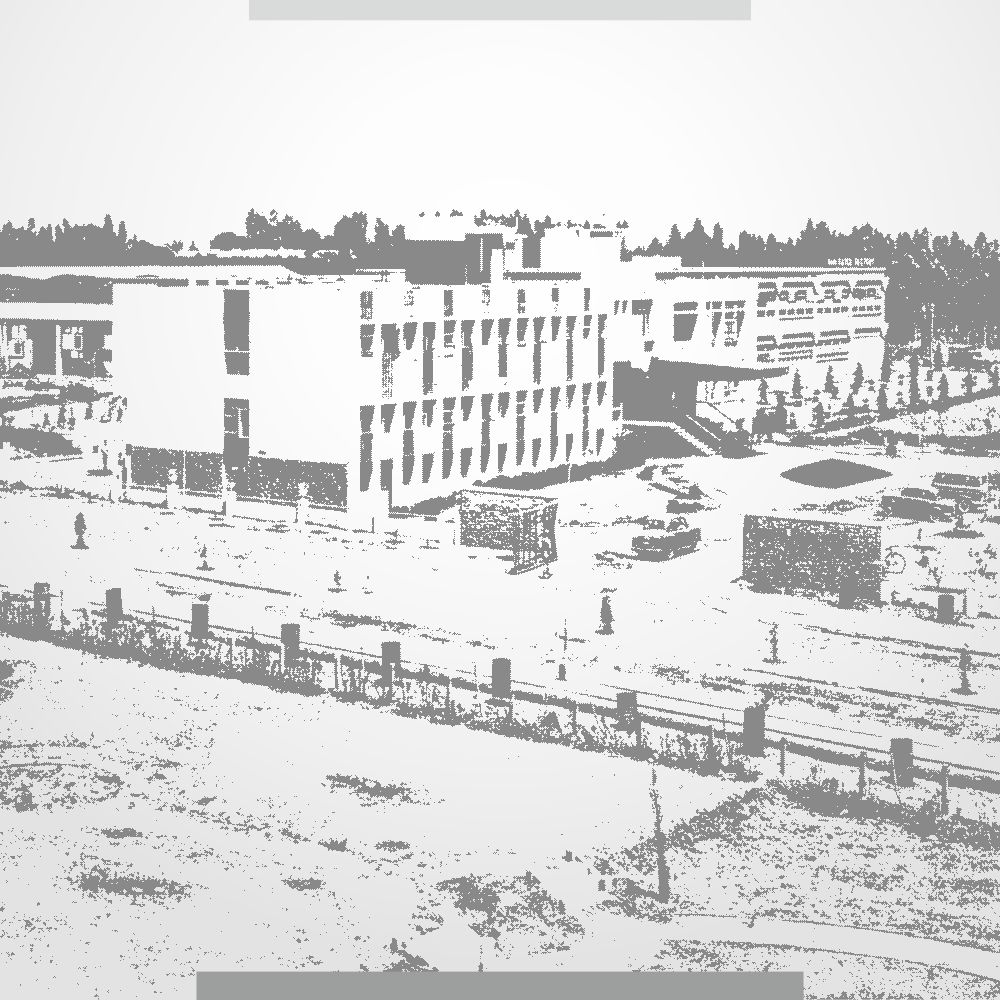
We caught up with collectors Adhiraaj Ghosh and Koustav Basu to discuss this potential revival and what it means for India!
The proposed revival of HMT carries immense significance for India, both economically and sentimentally. Adhiraaj Ghosh, a collector of HMT watches, emphasizes the brand's cultural importance: "Revival of HMT watches preserves the ethos of industrialization and watchmaking in India. As there is a trend for retro in this digital world, I would say HMT is quite in trend. Some of the lesser know models like the Janata , Pilot, Kohinoor are popular whereas four handers like Leo, Taurus, Army issued Jawan, Indian Air Force, etc issued sterile dial pilots watches are lesser known and most sought after pieces."
This resurgence aligns with changing consumer preferences in India, as noted by another collector, Koustav Basu: "HMT has a lot of nostalgia attached to the name. Most watch enthusiasts and collectors in India have seen HMTs on the wrists of their grandfathers, uncles, mothers, and fathers. It is quite clear that the watches carry most of us back in time to a happy place."
However, Koustav Basu also points out the challenges ahead: "To sustainably thrive in this present-day market, HMT has to depend heavily on innovation in design, keeping in mind its legacy, as well as try to break into very niche specialties in complications."
When asked about lesser known models, Koustav said, “Not really, HMT collectors are well aware of the most prized pieces such as HMT Pinaki, Excel, the ones made for the Japanese market. I personally feel that the Pinaki and HMT Roman deserves more credit just because I love how they look-clean old fashioned and timeless.”
The revival of HMT is not just about preserving the past; it's about reimagining the future of Indian watchmaking. Adhiraaj Ghosh suggests innovative directions: "HMT now after revival shall incorporate newer movements like Miyotas 90 series with complications like GMT, Date pointer, Multifunction in mechanical segment. Also try to incorporate climate-proof watches to counter Indian weather."
Koustav Basu echoes this sentiment, envisioning bold new designs: "There is a lot of innovation possible which I would love to see from HMT - watches with exotic material dials, Indian traditional art and craft on dials, case design, commemorative issues such as the 'dark side of the moon' landing, premium line with complicated movements such as perpetual calendars, tourbillons, repeaters, chiming music watches in very limited numbers with special Indian themes and more."
The iconic "Janata" model holds a special place in India's socio-economic narrative. Koustav Basu describes it as "a good honest utilitarian watch with simplicity as the core design value made for the common, honest and simple people of India." This model epitomized HMT's ethos of providing reliable timepieces for the masses.
For collectors who own both vintage and new HMT pieces, how would one compare the quality and appeal of the revived brand to its original run to which Koustav said, “I don't think in its present avatar, HMT has attempted to contemporarise or reinvent the brand. Whatever is selling is selling based on the brand recollection of yesteryears. As for the quality, I have not seen any experiences on my group of collectors which says that the quality is better or worse than yesteryears. However I will say this, a lot of vintage HMTs are in circulation at low price points as compared to the new watches.The flip side is that vintage watches in circulation are not in the best of shape, have issues with replaced parts etc.”
Beyond their functional value, HMT watches have become symbols of India's industrial heritage and the "Make in India" ethos. Adhiraaj Ghosh poignantly states, "Being an engineer myself and serving my country, I feel an HMT watch is a constant motivation about what our predecessors in the industry have achieved, what can be possible, not only in watch segment but under every umbrella of Industrial segment. Every tick of my HMT is a reminder to keep moving forward."

The potential revival of HMT represents more than just the resurrection of a watch brand. It symbolizes the rekindling of India's manufacturing prowess, a nod to its rich industrial past, and a step towards a self-reliant future. As Koustav Basu aptly puts it, "As an Indian, I would be proud if HMT can reach new heights and is highly collected worldwide."
However, the path ahead is not without challenges. HMT must balance its nostalgic appeal with modern innovations to compete in today's diverse and competitive market. The company needs to address issues of quality control, especially given the prevalence of "franken watches" in the vintage market, as noted by collectors.
The potential revival of HMT is more than just the resurrection of a watch brand; it's the rewinding of India's horological heritage.
As the hands of time move forward, HMT has the opportunity to blend its storied past with an innovative future. The challenge lies in striking the perfect balance between nostalgia and modernity, between the reliable simplicity of the beloved Janata and the cutting-edge complications demanded by today's market.

For India, this revival represents a chance to reclaim a piece of its industrial identity. It's an opportunity to showcase that 'Made in India' can once again be a mark of quality and innovation on the global stage. As Adhiraaj Ghosh poignantly notes, every tick of an HMT watch is "a reminder to keep moving forward."
The road ahead for HMT is not without its challenges. Quality control, design innovation, and market positioning will be crucial. Yet, if successful, this comeback could symbolize much more than just timepieces. It could mark the moment when India's watchmaking industry finds its place in the sun, ticking in harmony with the nation's aspirations for self-reliance and global recognition.
No articles found


